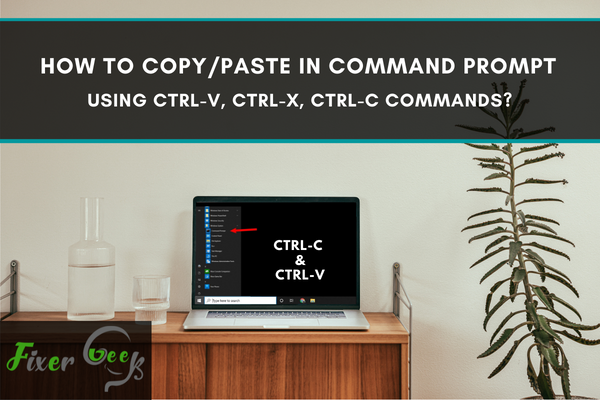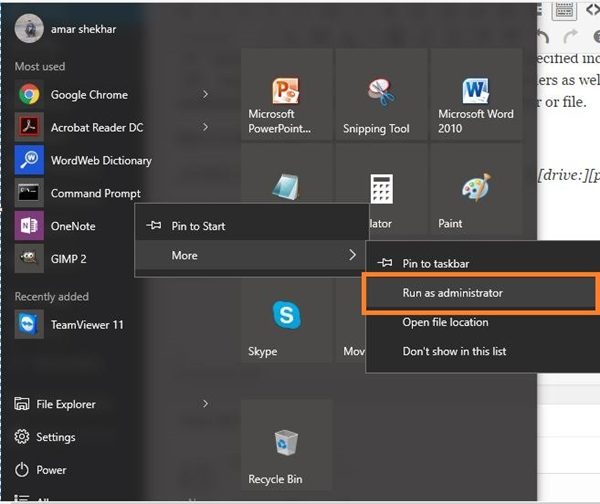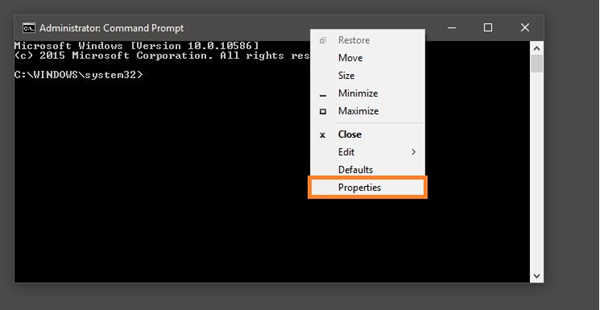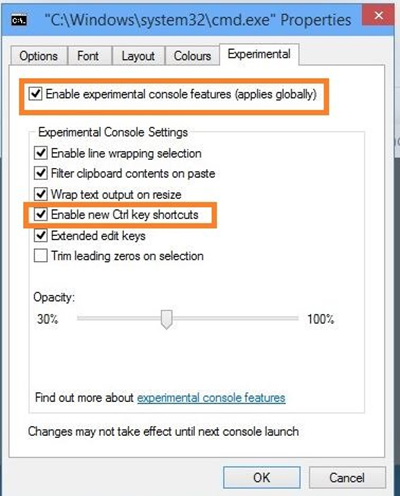How To Copy/paste In Command Prompt Using CTRL-V, CTRL-X, CTRL-C Commands?
The use of computers has given the world a new look. From what you experience in computers today, you can tell that there is a paradigm shift on how things used to operate sometimes back. The element of digitalization has got many people changing their way of life and how they perform their work.

It is fair to check on how the use of command prompts has affected the use of computers today. Command prompts can have various uses in a computer and all this will depend on the user.
Apart from getting information about your computer, checking for networks, and identifying your internet protocol address among others, the command prompt has got many other uses.
Some of the uses to look at include how to use the command prompt in executing control keys such as CTRL + V, CTRL + X, and CTRL + C.
Elaborate Meaning of the Shortcut Keys
CTRL + C is a common feature that is used in personal computers. This command is mostly used to copy a highlighted text by pressing the key C while holding the control key at the same time.
CTRL + V is a command which is common when one is using a personal computer. It can either be used to paste content or an object from a clipboard by pressing the key V while holding the control key simultaneously.
CTRL + X is another keyboard shortcut that you can use to cut and paste a highlighted section of a text, image, or object. This command is executed simultaneously by pressing both keys X while holding the control key.
As we are going to see, some of these features the most in terms of use in a personal computer. The use of control keys has played a significant role in making work easier in several circumstances. There is a need to follow a simple guideline on how to use your command prompt in executing control keys.
Enabling Copy or Paste in a Command Prompt
Having your personal computer switched on will be an easy assignment on your end. For this case, we can take an example of a windows PC. Here, you need to click on the Start button using your mouse, and if you cannot spot the command prompt icon, then it can work best for you if you type the word “CMD” in the search option.
Run your Command Prompt as an Administrator
Having done that, you will realize that there are various options through which you can open your command prompt. You need to run your command prompt as an administrator.

Command Prompt Properties
As soon as your command prompt starts running as an administrator, right-click on top of it and choose Properties. Opening up the properties of your command prompt will give you access to another dialogue box with several tabs.

Experimental Tab
Click on the experimental tab and select Enable Experimental Console Features (applies globally). Under the experimental console settings, make sure that you select enable new Ctrl key shortcuts. The image below highlights some of the simple steps that one can follow to understand this procedure. Paying attention to the image below is likely to get you a clear cut on how to go about it.

By enabling your control key shortcuts, your command prompt can now be in a position to acknowledge the control key command from the keyboard. Once you achieve the use of control key shortcuts via the command prompt, you are likely to reduce your workload by a higher percentage.
It will be necessary if you learn this procedure since it can be helpful in your day to day activities. You may not realize the immediate impact that the use of shortcut keys via command prompt can bring to your productivity.
Summary: copy/paste in Command Prompt using CTRL-V, CTRL-X, CTRL-C commands
Commands you can use to select and copy text from the command prompt keyboard shortcuts (except for CTRL-X) don't work in the Command Prompt window.2
- Using CTRL-A to select all text on a line
- Copying text using CTRL-C
- Cutting text using CTRL-X
- Pasting text using CTRL-V
- Windows 10 Tip: Create a custom Command Prompt shortcut with CTRL key shortcuts enabled on Windows 10.1